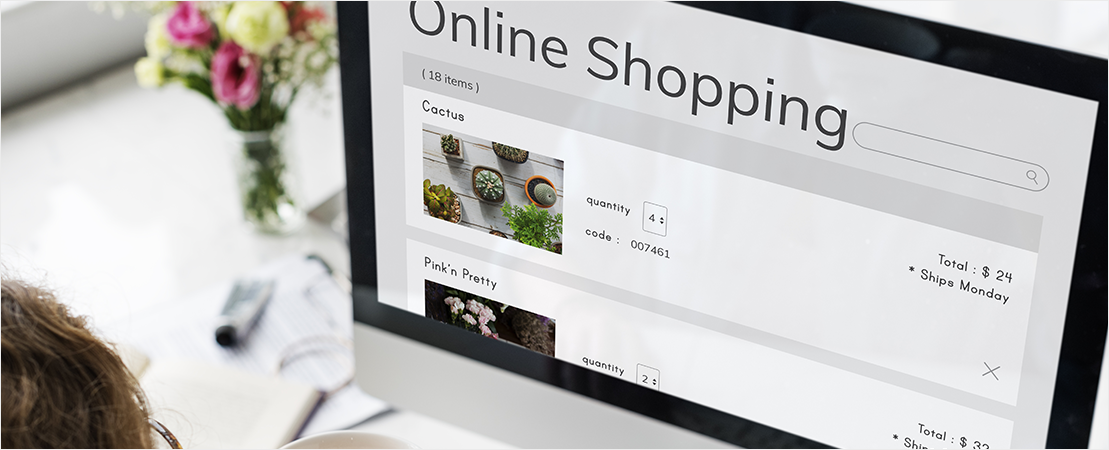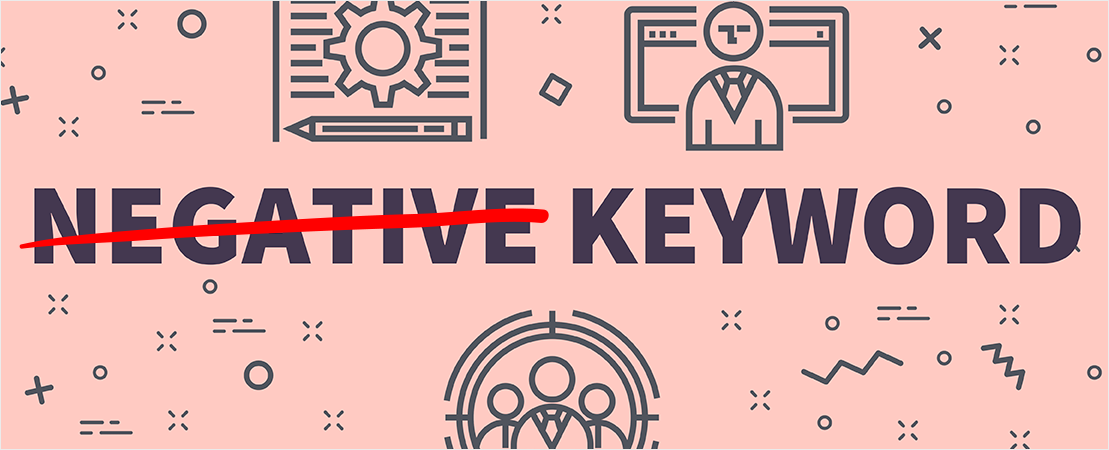The impact of an effective Google Shopping Campaign on Small Businesses can be astounding. Your company can rise to prominence through use of the “prime real estate” that Google Shopping offers, which runs along the top of Search Result pages. It even has its own Tab in Google Searches! The simplicity and ease of finding and purchasing products through Google Shopping can help gain a whole new audience, increase your sales and allow you to compete with the big retail guns.
However, while Google Shopping might appear very simple at first, don’t be fooled. There are certain things that can get easily overlook that could cost your Business a lot of money. We’ll take you through 5 of the most crippling mistakes you can make on your Google Shopping Campaign – so you can avoid them at all costs.

1. Overlooking Product Titles and Descriptions
When choosing how to word your Google Shopping Ad, even the smallest factors must be considered. Just like with SEO Campaigns, even the smallest considerations, such as how you order the words within the Ad, can have a significant effect on your listing.
What you need to remember is that the first few Keywords in the title and description of the product have the most importance. Google examines titles from left to right in order to check the relevance of the words within the Ad to particular Search Terms. And the more relevant Google deems your Ad is to that specific Search Term, the more likely it is to appear in the prime location of results.
Basically, you want your highest Converting Key Terms listed closer to the left side of the Product title. This may mean adjusting the way these titles are worded. Sometimes, Business Owners may fall into the trap of always leading with the same information first, for example the Brand of the product. You’ll need to check the Search Terms Report in order to see whether the wording in your Ads is working with or against you!
You also need to remember that you’re trying to appeal to human readers too, not just the Google algorithm. This means that you should avoid creating titles and descriptions that are just a confusing jumble of Key Terms. While these could end up ranking well, they’re unlikely to be clicked on if they make no sense or appear unprofessional to your potential customers.

2. not considering negative keywords
Negative Keywords are instrumental for ensuring that only the most relevant traffic is driven to your site. Although Google Shopping Campaigns are not as Keyword- focused as other Advertising methods such as Google AdWords, you can still include Negative Keywords in your Shopping Campaigns.
Negative Keywords allow you to choose which Search Terms your products will NOT be shown for. For example, if you’re an optometrist you could choose to include ‘wine’ and ‘water’ as Negative Keywords, to avoid people clicking your Ad who are looking to buy glassware, not seeing-eye glasses, Online.
If you don’t choose any Negative Keywords, you run the risk of spending your Google Shopping budget on clicks from Search Terms that are irrelevant to your product.
Although exposure at all costs may seem like a tactical route, it’s actually pays to be much more strategic with spending your budget. Heightened exposure isn’t always the best thing for your Business if you’re only showing your Ads to people who are unlikely to purchase from you whether they see your Ads or not. Make sure you carefully consider Search Terms you don’t want your products to show up for when launching and analysing your Google Shopping Campaign.

3. Allocating the same budget for desktop and mobile
Treating Mobile and Desktop searches the same way is not going to do your Business or Google Shopping Campaign any favours, as these search types are often very different in the intention of the search.
For example, many potential customers will search for a product on their lunch break at work but have no intention of purchasing on the spot. This is one of the reasons that Mobile Searches have a lower overall Conversion rate. At some point, after the customer has done their research, they will go home and purchase the product from their Desktop computer.
It’s important not to get too caught up in the almighty Conversions figure at this point. Although you may be tempted to lower or eliminate your Mobile Search budget if it doesn’t perform as well as Desktop, it’s important to keep it going to some degree. Even if your Site isn’t yet Mobile Optimised, keep a smaller budget allocated and see if any conversions occur on Desktop. If it gains some traction, it may be worth focusing on more in the future.

4. Neglecting Geo-Targeting and Ad Scheduling
These two factors determine the “Where” and “When” of your Google Shopping Campaign, both of which will be critical in your success. After all, people are more likely to visit your store if they’re within 3 blocks of it! And, in the same way, they’re more likely to be exposed to your Ad if it’s appearing at a time when they’re searching Online.
To nail your Ad scheduling, check which times of day and week that your Ads perform the strongest and ensure those times are focused on in your Campaign. You’ll want to avoid aggressively targeting times where a more limited level of assistance will be available e.g. holidays, in case customers require it. The exception to that rule is if you are running a seasonal promotion over a holiday period – then you’ll want to target those time periods more aggressively.
Geo-Targeting, or Location Targeting determines what geographical location your Ads are shown in. This factor can be particularly important for fledgling Small Businesses, because if your Business will only ship to certain areas you don’t want people from outside these areas to click your Ads. It’s also incredibly important if you have a brick-and-mortar store and want to drive more foot traffic.
Make sure that the areas which contain the most Customers are targeted, so that your Google Shopping budget isn’t blown to bits with nothing to show for it!

5. Bidding High on Underperforming Products
Product performance can fluctuate. You might have too much stock of one product and desperately want to clear your inventory, perhaps you have a staple product that helped you build your Brand, or maybe buying trends have changed. But what can’t be forgotten is that it’s MOST important to place bids for Google Shopping Ads according to data results rather than what you prophesize people might like to buy.
Avoiding this mistake comes down to paying attention to which products bring in the most Conversions at a particular time. Of course this can fluctuate depending on many factors, such as the time of year, holidays, and any specials or clearances you may be running. Allocating high levels of budget to an underperforming product might seem like a good way to get if off the shelf, but trust us, it pays to listen to what your customers are demanding more than anything else.
As with any sort of Digital Marketing Campaign, running an effective Google Shopping Campaign requires a vigilant focus on the ebb and flow of your Business. Although there are many factors at play, the simple elegance of these Campaigns is that with a holistic awareness of overall trends in your Business will translate into a better Google Shopping Campaign. So be mindful of the tips provided in this blog, and ensure your products stay at the top of the Shopping tab where they belong!



